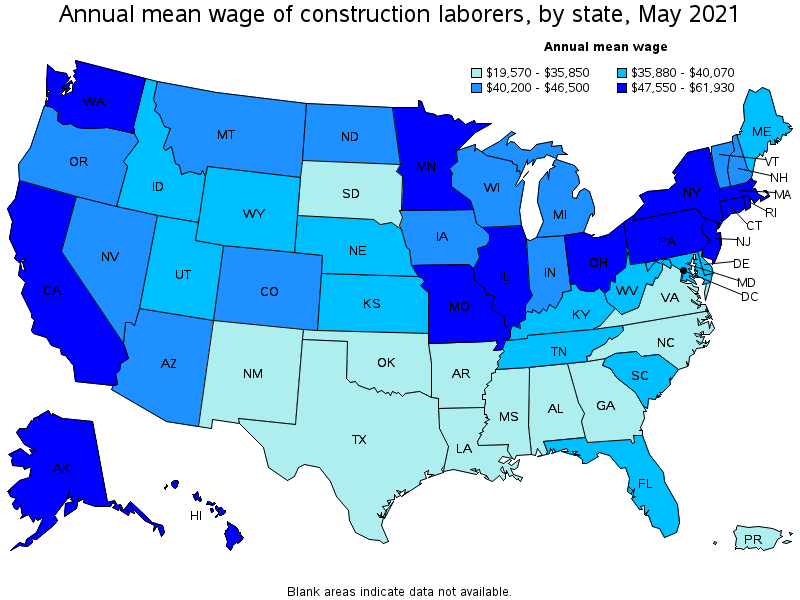
Passive House certification could be the perfect solution if you have ever dreamed of living a low-energy, carbon-free home that is more comfortable and less expensive than traditional houses. The building science standard that was first developed in central Europe is now a popular choice for energy efficient new construction and retrofits across the globe.
Mass Training
Passive House design and construction require meticulous planning and knowledge of the science behind it. This requires a team of professionals, from architects to builders, to collaborate on the project.
To be successful in this role, a certified passive house designer or consultant must have an in-depth knowledge of the science. They also need to be able communicate effectively with all involved parties. This involves communicating the project's objectives, as well as providing consistent notes and monitoring the progress throughout construction.

Performance Incentives & Certification
This program's goal is to support builders and developers in creating high-performance buildings which consume less energy while also making a positive contribution towards the local economy. This goal is achieved by a combination of financial and technical incentives for projects that have already been pre-certified and those that achieve certification to the PHIUS or PHI standards through either PHIUS or PHI.
These incentives are offered to a variety building types. They can be used on small residential projects, large multifamily complexes, and commercial highrises. The goal of the program is to encourage the adoption of Passive House design and construction for all building types while ensuring that the energy savings generated by such a construction process are used to create positive environmental impacts on the ground.
There are two pathways to Passive House certification in the US, both of which require the use of an energy modeling software and evaluate the building's performance based on a number of factors. Both paths are different and you should talk to your Certified Designer Passive House Consultant to find out which path is right.
Avoiding Mistakes
The most experienced PHIUS+ certifiers thoroughly review projects at the design stage to identify problems and work with project designers to solve them. This can be a crucial step in avoiding costly mistakes that can occur during the early stages of a Passive House design and construction project.

Get the right Building Energy Models and Energy Calculations ready
The first task of your Certified Passive House Designer or Consultant is to craft a very accurate energy modeling of the building, which is then used for verification during the certification process. The models should also be updated with any product substitutions, budget adjustments or owner revisions that might occur during the construction phase.
The ability to create these models and calculate energy in a way that is understandable and easy to follow will make you a good Certified Passivehouse Designer. All project stakeholders will be included, including the architect and the building contractor as well as any other tradespeople or contractors involved in the construction process.
FAQ
How can I get service contract agreements?
You can get a standard SCA form at your local government. You may also use our online tool to generate a quote. Once you have found out enough information, please send us your details so that we may contact you with more information.
Who is responsible for paying for the service
The SCA will specify which party is responsible to pay for the service. If the service provider is not paid in full, it may have grounds to claim compensation through the courts.
Where can you find more information regarding building permits
Talk to your local government (for example, NSW Local Government Association), and your local realty agent. They should be able to advise you about what steps you need to take to obtain permission to build.
What is my SCA coverage?
Your SCA will specify the exact scope of work that needs to be done, including how long it will take, what materials need to be used, what equipment is needed, and whether any special permits are required.
Can I cancel my contract at anytime?
Yes, but you must do it within 14 days after signing the contract. Your contract can be ended by giving notice in writing up to seven days before the deadline. You may still owe money to the contractor if you fail to give sufficient notice.
Statistics
- Don't take their anger personally, they are mad about the situation 99% of the time. (activatemylicense.com)
- (v) Place or places of performance of the prime contract and first-tier subcontracts estimated at $10 million or more, if known. (acquisition.gov)
- (ii) Name, address, and telephone number of each proposed first-tier subcontractor with a proposed subcontract estimated at $10 million or more. (acquisition.gov)
- (1) Except as provided in paragraphs (a)(4) and (a)(8) of this section, if the estimated amount of the contract or subcontract is $10 million or more, the contracting officer shall request clearance from the appropriate OFCCP regional office before- (acquisition.gov)
- Depending on the client's trustworthiness and financial stability, a deposit is usually 10 to 50% of the total contract amount. (lawdepot.com)
External Links
How To
How do you make a simple service agreement?
A contract should be written in plain English and use simple sentences and paragraphs. It should include all relevant information, including what the customer gets for his/her money. The price must also be clearly indicated at the end.
It is important that the language used is understandable for everyone reading it.
Complex words like and' and ‘or’ should be avoided as they are hard to read. You should avoid technical terms unless absolutely necessary.
Make it easy to understand the text by using bullet points as often as possible.
Avoid adding too much information to the contract.
Avoid giving promises or making guarantees about the service's performance.
Also, be clear about when the service will end and begin.
Make sure the contract covers all aspects of payment. This means the customer must pay the invoice within 30 calendar days after receiving it.
If the customer has not paid the invoice in full, you must pay him/her the entire amount before you begin work.
Keep copies of any documents that are related to the contract. These include receipts, invoices, and contracts. These documents should be kept safe.
You should not sign anything unless you have read it carefully.
If you are going to make any changes to the contract, be sure to ask the customer first.
It is important to always have a copy for future reference.